How to find the best Guitar Amp Settings
Your long-cherished dream has finally come true and you’re standing in front of your dream amp and the perfect combination of pedals, holding the guitar of your dreams. But no matter what you do: The sound isn’t what you had hoped for. And even if it sounds halfway decent at home, chances are that the sound still doesn’t cut it in the rehearsal room or on stage. Many of us have been in this situation and there are various reasons for it. But mostly, it comes down to the guitar amp settings – and those are usually easy to fix. In this article, we share five tips on how to find the best guitar amp settings.
Guitar Amp Settings – Quick Facts
What different types of guitar amplifiers are available?
- Tube amps still play a major role, because their sound has shaped the characteristic guitar tones from rock and metal to jazz and country. But transistor (solid-state) amps and so-called modeling amps are also becoming more and more popular.
What is the difference between tube amps, transistor amps, and modeling amps?
- Tube amps create their sound with classic vacuum tubes, while transistor amps are based on semiconductors and modeling amps use digital DSP algorithms to reproduce the characteristics of various amps. Hybrid amps, which usually use a combination of a tube preamp and a transistor power amp, are another variant.
Which amp has the best sound?
- No matter which type of guitar amp you use, you’ll basically find similar knobs and settings on all of them. The tips in this article aren’t limited to a particular type of amplifier, but apply to all.
1. Fine-tuning guitar amp settings – by yourself or with your band?
Many people make the mistake of sitting in front of their amp in their living room and tweaking the knobs until they’re happy with the results. But you’re forgetting one thing: The sound also depends on the context! The best sound doesn’t do you any good if you can’t cut through the mix. So here’s my tip: Dial in your sound in the rehearsal room, together with your bandmates. Ask your band to play a groove, so that you can find the best guitar amp settings for your band’s overall sound. Finding the best sound for each instrument is an important part of rehearsing, and one that the whole band should participate and have their say in!
What if that isn’t an option?
If you can’t work on your guitar amp settings together with your band, you should at least listen to a backing track at home and adjust your guitar sound accordingly. When you’re done, the resulting sound may sound weird or unfamiliar on its own, and that’s perfectly normal. Just listen to some isolated guitar tracks from famous players on Youtube. You’ll be surprised how different a guitar sounds by itself, when the context of the song is removed!
2. How to find the best EQ setting on your guitar amp
Why the midrange is so important
The midrange frequencies from about 400 Hz to 4 kHz can sound unpleasant and very direct, especially when the high mids are overrepresented. Unfortunately, the two terms “assertive” and “pleasant” aren’t necessarily on the same page. If you set the mids too low, you get a pleasant feel-good sound that can conceal weaknesses in your playing, but it puts you at the back of the line in the mix. The guitar is a midrange instrument; it has its strongest frequencies in this range and also the strongest bite and potential to cut through. In other words: While too much midrange can sound unpleasant, the mids are also where your guitar can really shine and sit well in the mix. Too much bass gets in the way of the bass player, and the treble and high-mid ranges are often reserved for keys or vocals.
How to dial in the right amount of mids
Since the midrange control is designed differently on every amp, and the cabinet and guitar also contribute to the sound, it’s not possible to give universal advice. However, if you feel that your guitar isn’t really coming through, just try it out! By the way, the room you’re in can also affect the sound. So try to stay flexible and don’t stick to a certain knob setting!
The analyzer curves below are an example of what the mid control does on a Marshall Plexi. On the left, the mids are at the minimum, and on the right, they’re cranked all the way up. As you can see, the mid knob causes a significant boost between 700 Hz and 2.5 kHz. Of course, this will look different with other sounds and amp models.
3. Guitar Amp Settings: How much Reverb?
Reverb is often used as a mixing tool to create depth: the more reverb, the further back in the mix a sound is perceived. Of course, this applies to guitar amps as well, and that’s why you should use caution when using reverb.
It feels great to have a bit of reverb in the guitar signal, and again, it can gloss over and cover up some playing weaknesses. But it’s usually best to leave it to the mixing engineer to determine the required amount of reverb – on stage and in the studio. Using too much reverb can also make your guitar sound muddy.
That said, there are of course situations where you need reverb as an integral part of your sound. Some styles like surf, rockabilly, or ambient rely on reverb as a characteristic effect. But a good engineer will know this and adjust the overall settings accordingly. If you must use your own reverb, use it sparingly and turn it down if it washes out your sound too much.
4. Guitar Amp Settings: What does the Gain Knob actually do?
Many guitarists tend to reach for the gain knob when they want to sound heavier and more aggressive. However, the opposite often happens. Guitar amp settings with a lot of gain compress your sound, wash out the attacks, and soften the transients. However, it’s understandable that you might want a “singing” high-gain tone, especially for lead sounds, and plenty of gain also makes playing much easier. So here’s my tip: Dial in a rhythm sound with a moderate gain setting and a lead sound with a bit more distortion. Again, make your guitar amp settings in the context of the band and check that the sound comes through and is well-defined in the overall mix.
5. How to adjust the Channel Volume
Do you use a two-channel amp or pedals?
A common problem is that despite your efforts to dial in matching settings, clean and rhythm sounds often differ in volume. This is due to the fact that different sounds have different perceived loudnesses, depending on which frequencies are particularly dominant.
How do the pickups affect the amp sound?
Let’s say you use the clean channel with an intermediate pickup setting and the rhythm channel with a bridge humbucker, which is somewhat louder. Consider these choices carefully in the context of the band and the overall mix. Play to a backing track and move back and forth between both channels. Also ask your bandmates what they think of the sound.
Having a hard time saying goodbye to sounds?
Sounds that feel good in the practice room might not be the same on stage or with the band. Try to be open to the fact that certain tough choices are beneficial to your band’s overall sound. This way, you’ll find it easier to let go. The mixing engineer and your bandmates will appreciate it!
How to remember your Guitar Amp Settings
Cell phones are an awesome way to document guitar amp settings! My tip is to set up your amp in the rehearsal room the way you want it to sound, and then take a picture of it right away. Then you’ll be able to quickly reproduce those settings at your next gig or rehearsal.
We hope this article has been of some help to you for finding the best guitar amp settings!
More Guitar and Amp Tips for Beginners
- The best guitar for beginners: Acoustic or electric?
- Best Boutique Guitar Amps
- Best Value Tube Guitar Amps
- Best Practice Amps
- Best Electric Guitar for Beginners
- Best Acoustic Guitar for Beginners
Note: This article was originally published in German on bonedo.de.
6 responses to “How to find the best Guitar Amp Settings”
You are currently viewing a placeholder content from Facebook. To access the actual content, click the button below. Please note that doing so will share data with third-party providers.
More InformationYou are currently viewing a placeholder content from Instagram. To access the actual content, click the button below. Please note that doing so will share data with third-party providers.
More InformationYou are currently viewing a placeholder content from X. To access the actual content, click the button below. Please note that doing so will share data with third-party providers.
More Information 4,2 / 5,0 |
4,2 / 5,0 | 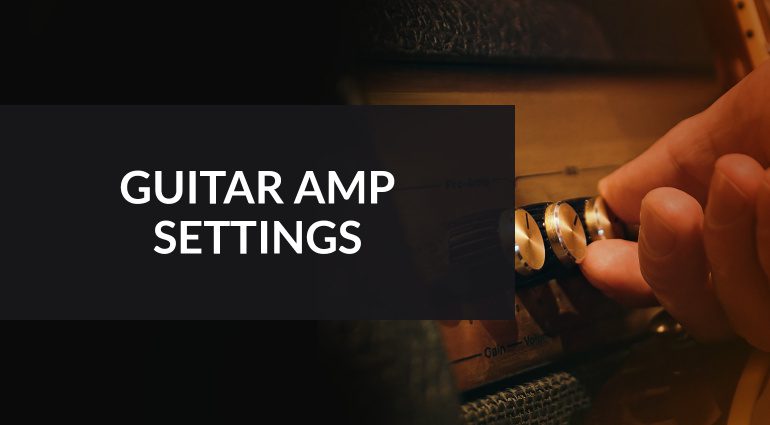

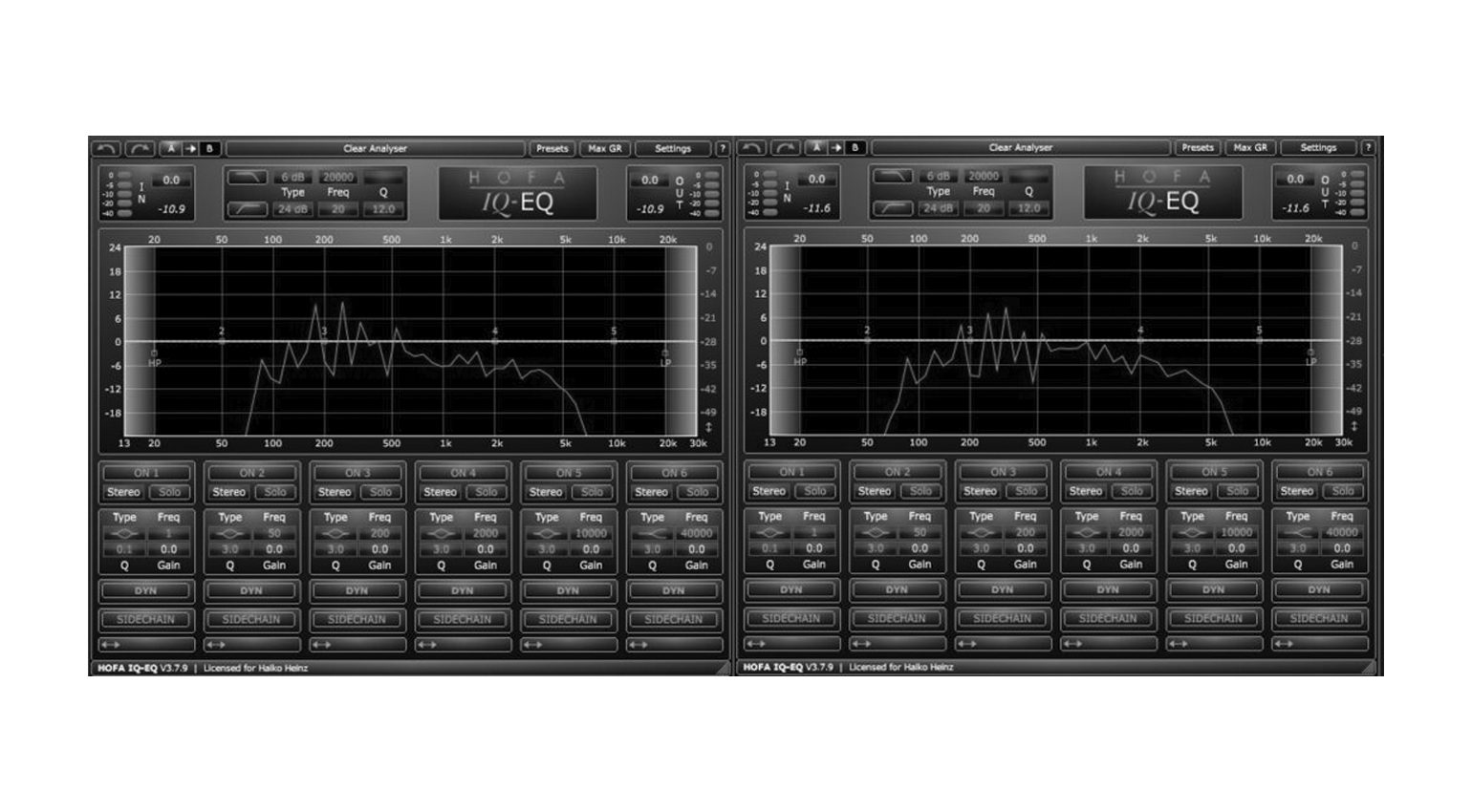



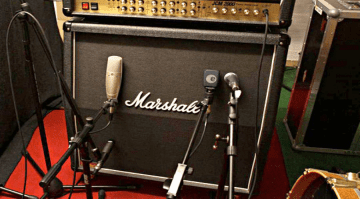
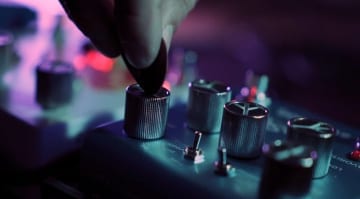
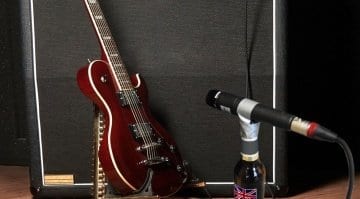
sound good
Play through a DAW with background music and record. Adjust guitar sound until you get what you want
appreciate new information on new gear thanks
Great article! Thank you!
I have a line6 amp that’s extremely powerful but I can’t seem to ever find the correct settings for my sound
I love the way you breakdown of pacific settings on guitar amps it’s advice that can save a lot of explaining when you are working with other players and need a few tips for adjusting the amplifier.